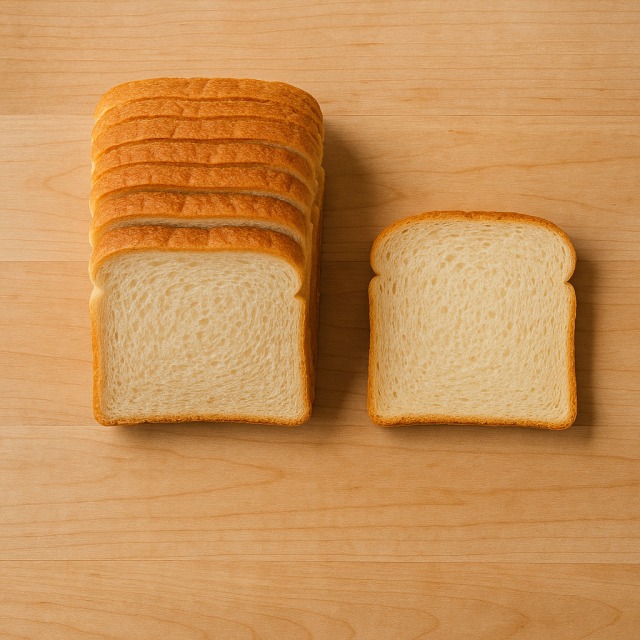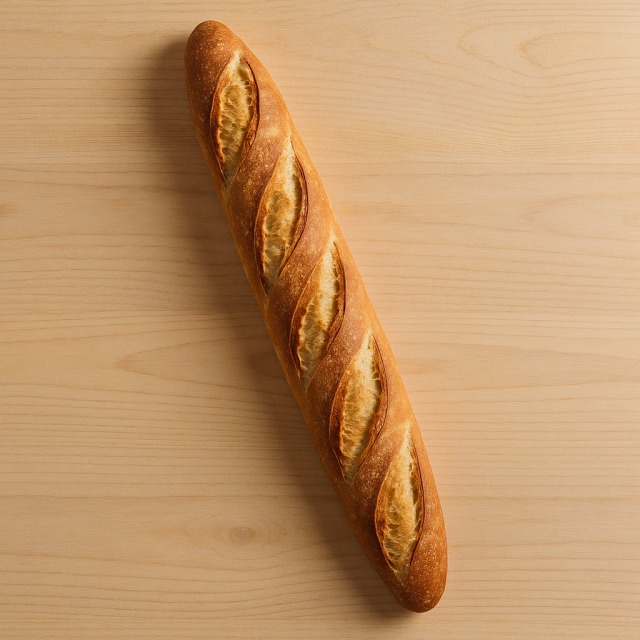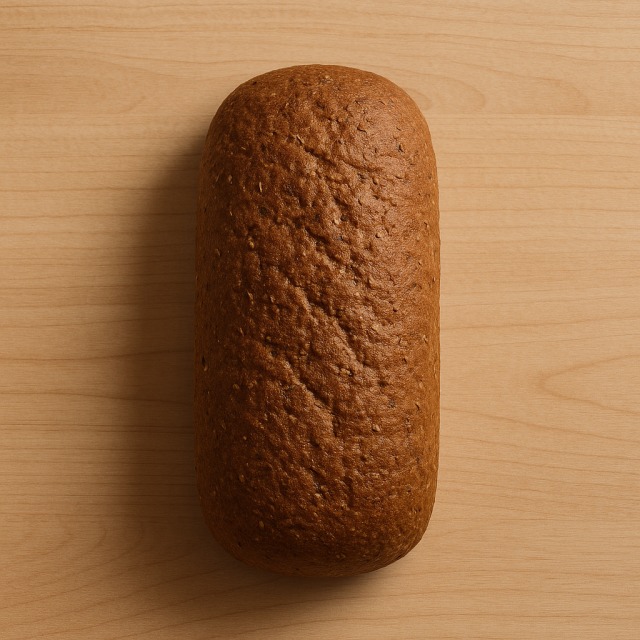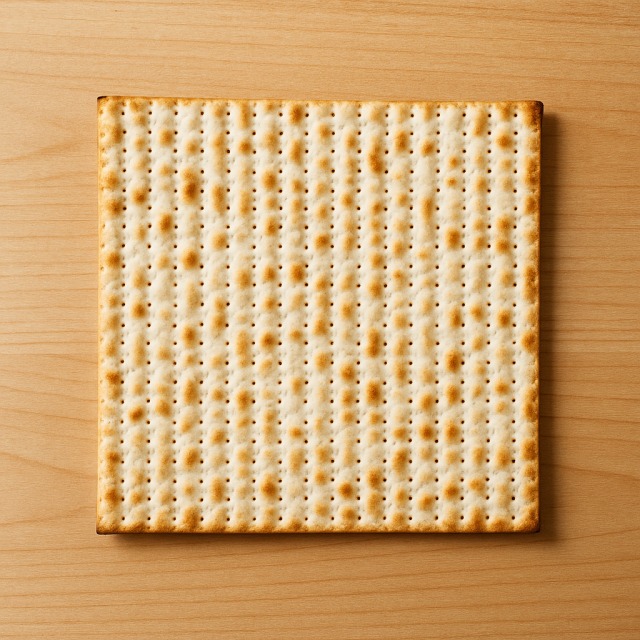Calorie Chart / Trimmings / Rusk
How Many Calories Are in Rusk?
Calculation of the nutritional value & Recommended Dietary Intake of rusk
For g and a calorie requirement of kcal
| Calories 41 kcal | Proteins 1 g | Lipids 0.6 g | Carbohydrates 7.8 g |
| 2% | 1% | 1% | 3% |
Health benefits of rusk
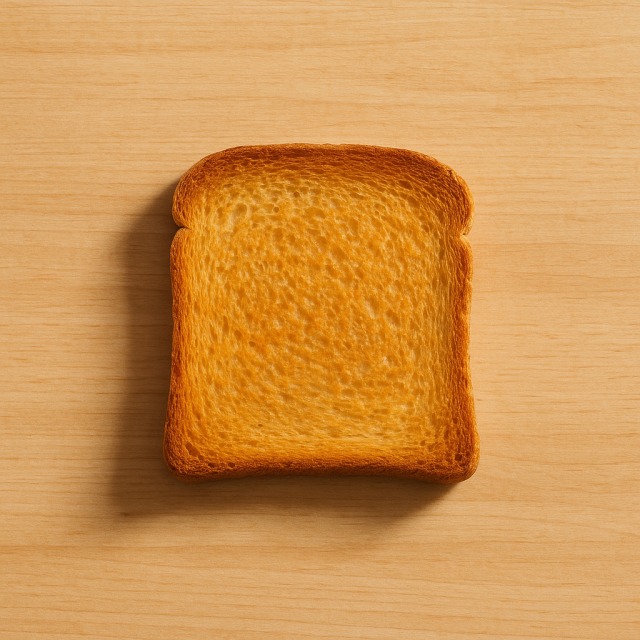
Rusk - 100g
Calories 406 kcal
Proteins 10 g
Lipids 6 g
Carbohydrates 78 g
Because it is twice-baked, rusk loses most of its moisture and therefore concentrates nutrients as well as calories. With about 400 calories per 100 g, it is clearly a high-calorie cereal product, useful when energy density is needed but to be monitored if you are trying to cut calories. Despite this caloric richness, one slice (≈10 g) only provides around 40 calories, which helps with portion control.
Made mainly from finely milled wheat flour, rusk supplies complex carbohydrates, a moderate 10 g of proteins and very little fat. It is a convenient source of B-group vitamins such as thiamine (B1) and niacin (B3), plus minerals like iron, magnesium and phosphorus. These micronutrients contribute to normal energy metabolism, red blood cell formation and reduced fatigue, even if the calories remain significant. Fibre is limited, but wholegrain versions may improve that profile.
Historically, rusks travelled the seas with sailors because their low water activity prevented mould. Their crunch is also appreciated by teething babies (a supposed benefit for gum stimulation, though the calories should still be considered). Compared with soft wholemeal bread or a bowl of muesli, rusks stay crisp for weeks, making them a practical, shelf-stable way to add quick calories during hikes or intense sporting events.
Tips for incorporating rusk into a balanced diet
To enjoy rusk without letting calories spiral, spread a thin layer of smashed avocado, sprinkle lemon juice, and add a slice of smoked salmon. The healthy fats and proteins balance the fast carbohydrates, and the overall calories remain reasonable if you limit yourself to two slices. For a sweet yet nutrient-dense breakfast, top rusks with sliced banana and a drizzle of honey; this combination satisfies cravings while keeping visible control over calories.
Sport-oriented eaters can transform rusks into mini energy bites: spread a spoon of peanut butter, add chia or sesame seeds, and close with another rusk for a portable sandwich. This delivers long-lasting calories before a long run. If you need to lower calories at dinner, serve a small rusk alongside a bowl of vegetable soup instead of butter-rich bread; you still obtain crunch but slash excess calories. Remember that drinks can add hidden calories too—pair with water or unsweetened tea.
Frequently Asked Questions
- How many calories are in rusk?
- There are 406 calories per 100 g.
- Is rusk good for weight loss despite its calories?
- Because it is energy-dense, rusk is not a low-calorie food, but one slice has only about 40 calories. Controlled portions can fit into a hypocaloric plan.
- Which topping adds the fewest extra calories to rusk?
- Fresh tomato, a dash of mustard, or a spoon of light yogurt keep additional calories under 20 per slice.
- Are rusks healthier than sliced bread?
- They are crunchier and keep longer, but they deliver more calories per gram because of dehydration and usually contain less fibre; choose according to your calorie target.
- Can athletes use rusks to load up on calories before endurance events?
- Yes. Pairing them with protein such as a boiled egg or a spread of ricotta supplies balanced calories and sustained energy.
- How can I reduce calories when using rusks for appetizers?
- Use vegetable-based spreads—think eggplant caviar—and cut each rusk in half; you save calories while keeping crunch.
Similar foods
Information provided by Calorie Menu may contain inaccuracies or errors. It cannot, under any circumstances, substitute medical advice or medication.
